One Naira Coin: Once Powerful, Now Silent
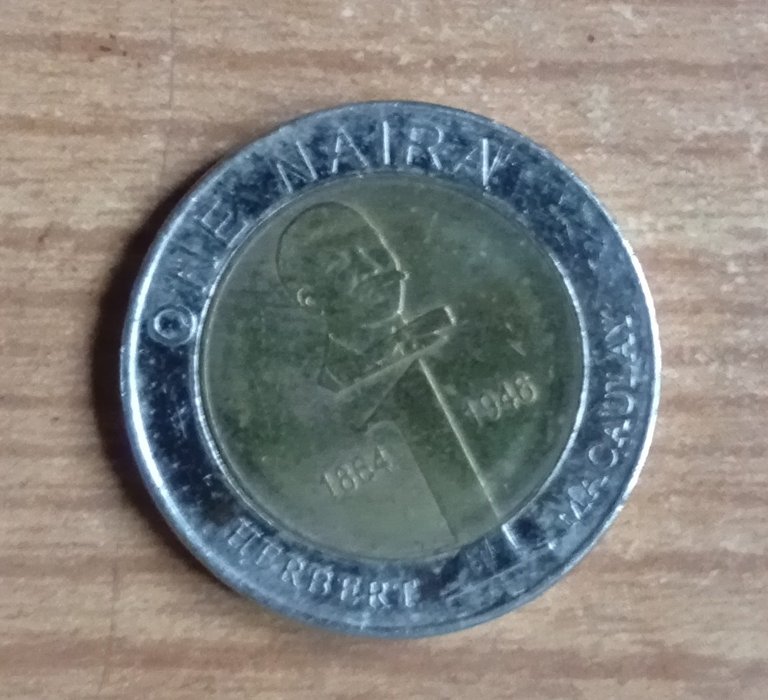
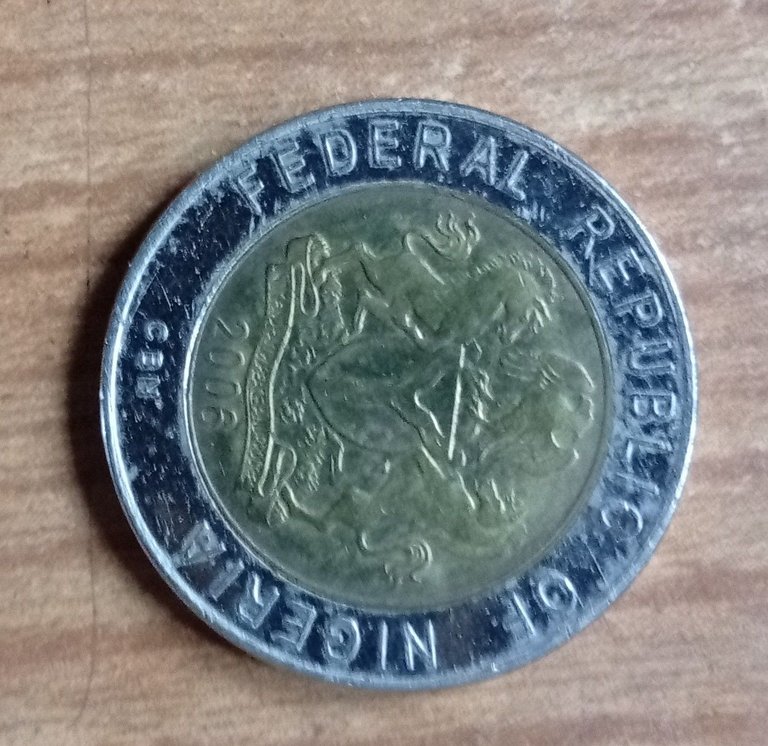
While searching for my nail cutter, I stumbled upon a one naira coin. I couldn’t help but capture and share it with #photographylovers—so the younger generation can catch a glimpse of this rare piece of our currency history. Follow me as I take you on this little nostalgic journey.

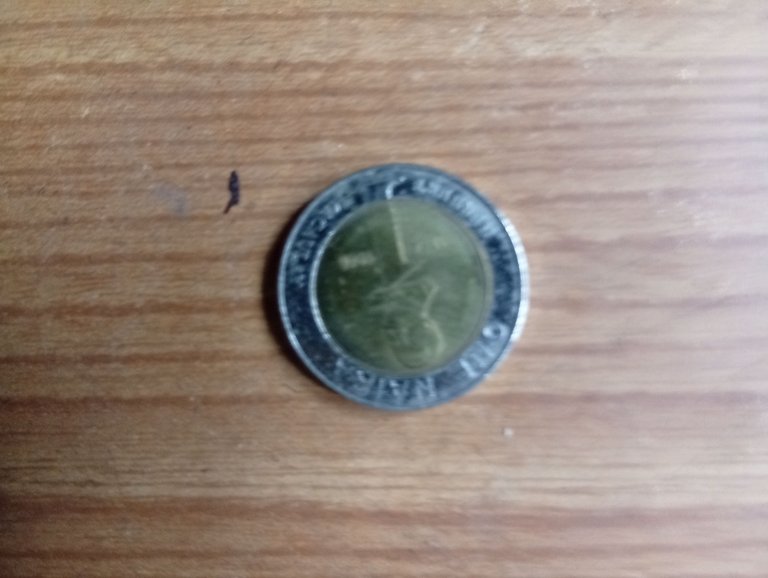
The one-naira coin has a unique place in Nigeria's economic and cultural history as a symbol of strength and worth. The Central Bank of Nigeria unveiled the coin in 1991 as part of a larger initiative to fortify and harmonize the naira, the country's currency, which took the place of the pound system in 1973.
The image of Herbert Macaulay, a well-known Nigerian nationalist, politician, and engineer, is displayed on this specific one-naira coin. Macaulay, who was born in 1864 and died in 1946, was a pioneer in the struggle for Nigerian independence. This coin honors his legacy and serves as a reminder to future generations of his contribution to Nigerian freedom and advancement.
The coin has a silver outer ring and a golden center, making it bimetallic. Despite its low current monetary value, this design not only makes it visually unique but also lends it a sense of prestige.
A loaf of bread, a bottle of soft drink, or even a ride on public transportation could be purchased with one naira coin in the early days. Traders used it to provide change, and children saved it in their tin cans as pocket money. But as time went on, inflation reduced its purchasing power, and it gradually started to fade from everyday use. Coin collections, dusty drawers, and the hands of sentimental citizens are now more likely to contain it.
Nevertheless, there is more to the one-naira coin than just economics. It tells the tale of a country's heroes, reflects the development of its currency, and serves as a subdued reminder of the days when even the smallest amount of money had significance.
The one-naira coin is still a representation of Nigeria's history, culture, and optimism, even though it may not have the same authority as it once did.
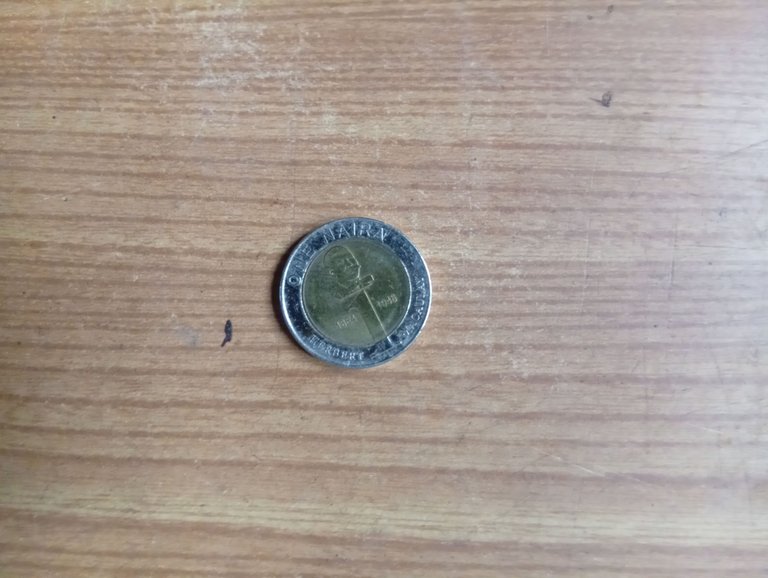
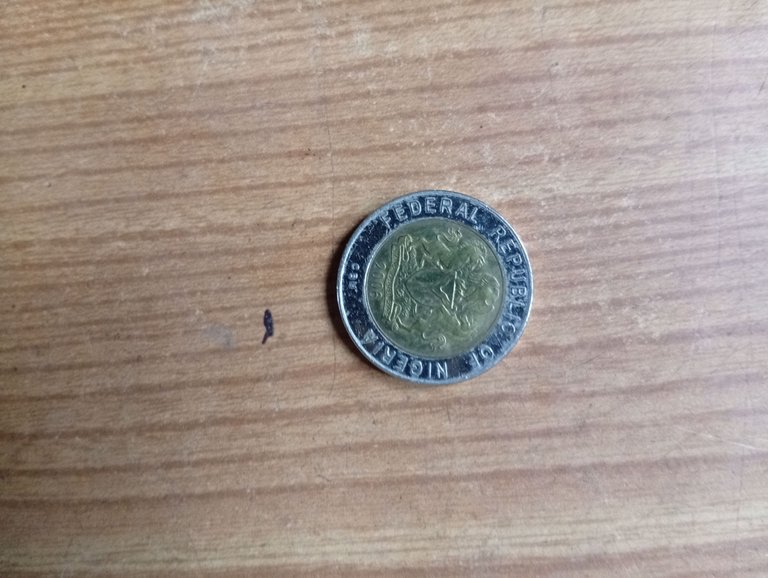
The One Naira Coin's Years of Minting:
1991
The first one-naira coin made of two metals was released.
Herbert Macaulay was featured on the front.
The Nigerian coat of arms was displayed on the reverse.
2006
A new one-naira coin was among the redesigned Nigerian coin series that were introduced.
Herbert Macaulay's portrait was still included in this version, but the text and font were updated, and the finish was slightly different.
Other Years (Re-strike or Commemorative Issues)
Coins were occasionally reminted for use in circulation, particularly in cases where there was a scarcity.
But since 2006, there hasn't been a major redesign.
According to the provided image, the coin most likely dates from 1991 to 2006 and features
Herbert Macaulay (1864–1946), along with his name and years of birth and death.
Similar to the original series, the design is bi-metallic.
Advantages and Disadvantages
Advantages of the One Naira Currency
Sturdiness
Coins save replacement costs because they last decades instead of a few years like paper notes do.
Usefulness of Small Denomination
helpful for precise change, particularly in transport and markets where prices aren't rounded.
Education for the Public
encourages children to be financially literate (used to teach saving, counting, etc.).
Issues with the One Naira Coin
Insufficient Purchasing Power
In the current economy, ₦1 is nearly worthless due to inflation.
Rejection by the Public
Coins are essentially worthless because so many Nigerians won't accept or use them.
Uncomfortable to Transport
Coins are heavy, unwieldy, and prone to being lost.
In summary:
Although the One Naira coin had a lot of potential for stability and long-term cost-effectiveness, its advantages were outweighed by inflation, inconvenience, and public opposition. Coins like the ₦1 might continue to be more symbolic than useful unless inflation is controlled and public sentiments shift.
I tend to be nostalgic, and the advantages and disadvantages you mention about your country's currencies fit quite well with what happens with the currencies of my own country.
In which nation, sir?
In my case, it's Venezuela. I've heard of similar problems in other countries. In every case, inflation is a real pain in the neck, economically speaking.